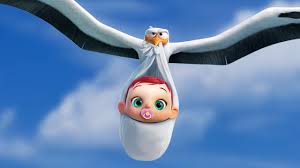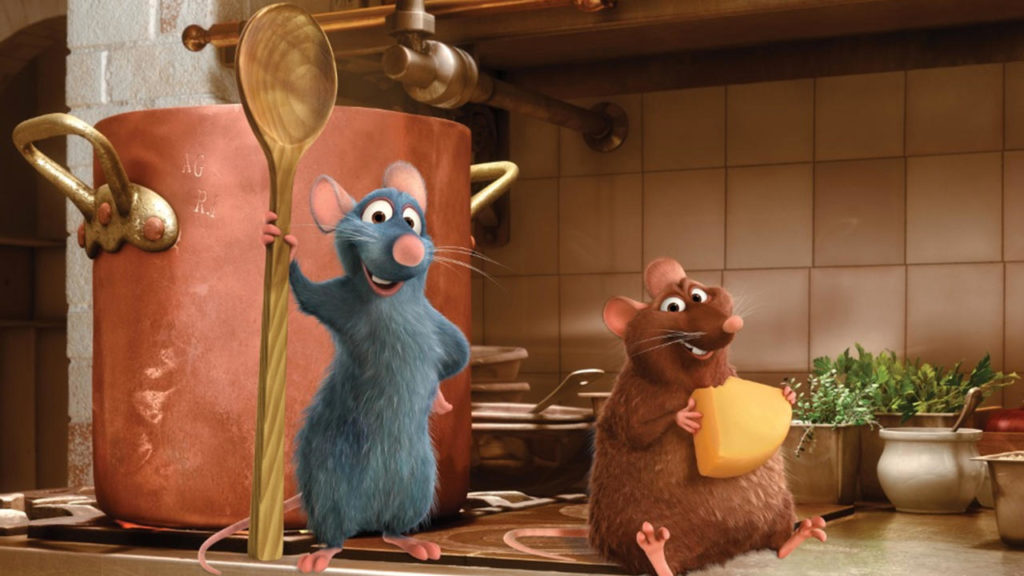Producer Brad Lewis has been involved in some of big computer animated films over the years, including Antz, Ratatouille, Cars 2, Storks and the upcoming The LEGO Batman Movie. Recently, he also spoke at the VIEW Conference in Turin, Italy about the explosive growth of computer animation in Hollywood, where [a]listdaily caught up with him to discuss the new opportunities virtual reality and video games are opening up for creatives to expand their big-screen storytelling.
What was it about computer animation that inspired you to leave the live action filmmaking?
The interesting thing about animation for me is that increasingly, it has become what I consider to be the highest form of entertainment for everybody, from kids all the way up through adults. We strive to put out animation and animated movies that are like the great old clever television features from the ‘60s, ‘70s and early ‘80s. It’s one of the most difficult art forms to tell a really great story. That can mean [different] things for people from three-years-old to 80-years-old, but I love that idea of clever comedy. General entertainment is the thing that we concentrate on more as an industry than other aspects of movie making.
What has computer animation opened up in bringing crazy ideas to life, like having a rat cook French cuisine in Paris?
Certainly, animation lends itself to the impossible idea, but telling a three act 90-minute story with something that has an impossible setup is a great ride for an audience to go on. Nobody came to Ratatouille feeling like, “Oh, I can’t wait to see a rat in a kitchen.” It was the opposite, which is really, “I don’t know if I want to see a rat in the kitchen.” With Storks—you know storks are going to deliver babies, but the question is, how do they make babies? We set up the audience in such a way that it’s going to be something impossible. It’s a stimulating experience as a filmmaker to try to solve those story ideas.
Cars has had multiple video games. How does what the game industry is doing influence the potential for expanding these computer animated universes?
The thing about video games is that they’re becoming incredibly sophisticated as far as their graphics, their characters, and their animation and so forth, which is really exciting. I’ve been in the industry long enough to see it go from Pong to where we are today. Every time I see a new generation of gaming I’m blown away by the quality. That being said, there’s a length to go as far as character and story development, both in video games and in social applications.
It feels like the logical next extension in a way for us to make an animated movie that somebody goes and sees once or maybe sees again on DVD or online. Those characters we work so hard on people understanding their motivations and their personalities—it feels like they should go on and live in new ways. That’s not necessary a sequel and confined to a cinematic experience, even though it’s an incredible cinema experience to start with. I’d love to see that be applied into nonlinear storytelling and social media platforms, as well as game platforms. That could be an even more addictive style of gaming, whether it’s VR or just being able to experience characters in different and new ways.
How do you feel VR helping to extend franchises or explore storytelling?
What has always happened in animation, computer animation, gaming and now in VR (or 3D, for that matter), the technology comes first and the storytelling has to catch up. VR is at the place where people are starting to explore its unbelievable power through immersive high-end graphic experiences. We can do environments and sets that you feel a connection with. There have been some early VR animation that’s beginning to try to take advantage of those. It’s on the cusp of where some very talented filmmaker or filmmaking team will dive in and make an immersive feature-length experience that will be mind-blowing.

We’re seeing a lot of VR shorts early on. What role do you see this medium playing for storytelling?
Typically, shorts are the way we start to understand how the new technology is going to work and what we might be able to do with it. Some of the VR—and I haven’t seen everything that’s out there—is certainly visceral and emotive. I believe that it’s opening the door to show us the possibilities of what we can do once we can really get in there. The other thing that’s interesting in both social and in VR is there’s an active choice the viewer makes. In VR you have the ability to say I’m not confined to just this proscenium. I can look over here. I can divert attention. Now it creates two things. It’s a different art form because in filmmaking, we’re working with a proscenium. We’re telling you through lighting, focus and camera, what to look at and what that means to the story. So, there’s story control once you allow a viewer to suddenly make choices within this environment. VR throws the principles of great proscenium cinematography theater out the door. How do we control the aesthetic experience, if assuming for a moment that we can tell stories that have multiple strands, multiple characters and people can go in a variety of different directions? Can it still be aesthetically beautiful, can we control those elements as well?
What role do you see computer animation playing in Hollywood today?
There’s still a bit of a point of view that animation is more of a genre than it is a medium, and that it has already defined itself as one type of family fare that’s lightly comedic that will entertain people and that’s it. The technology of computer animation and the artists, directors and producers that are involved, are capable of far great things than just that. Hopefully, a movie like Sausage Party, that comes out and is R-rated, can show that it’s not a genre; it’s a medium and that we can make some vastly different choices within that. We haven’t even begun to explore the variety that you can do with the look in these movies. It’s much more versatile. I hope that it will be perceived as that, and that we can still make mainstream movies that can make enough money to justify them. The budgets can come down so those two can converge and there can be greater variety in animation.
How does the decreased budget for quality computer animation allow more creativity?
The tools and the software that animators use are getting faster and easier to use, so people that come out of studying this in university or other art schools are coming out much more highly trained. And the technology is not as expensive as it used to be, so in general production companies are able to get prices down, although it still has to trend farther down to really become viable. The second thing is that the artistry is amazing. There are people that worked on Storks that are fresh out of school that did some of the best animation I’ve seen. It took some great veteran animators a decade to get that level of skill, partly because of the tools and partly because of not having that training early on in school. Across the globe, there are actually small companies that are creating production companies that are doing some really good work. At some point in the next 10 or 20 years, those are going to converge at much lower budgets and at the same level of artistry, or a very high level of artistry.
How is the success of big animated films like Finding Dory, Moana, The Secret Life of Pets and The Angry Birds Movie impacting the industry?
People look at the bright and shiny stuff like, “Oh, here’s a big animated movie. It made a lot of money and everybody fell in love with those characters, so it looks simple and we can do it too.” Studios see the family movie space as an important movie area they want to be in financially. So, it provides inspiration for both studios and companies and artists to get involved in it. But the other side of that is the really good movies that have been done by Pixar, Disney, PDI, Dreamworks, Warner Bros., Illumination and others—they’re really hard to make. The process is so methodical that it’s a very difficult process. It looks like a bright and shiny easy object, and it’s just not at the end of the day, so there’s a little bit of fool’s gold there for people. It comes back to finding people that really understand the medium and are filmmakers that are talented, entertaining artists.

